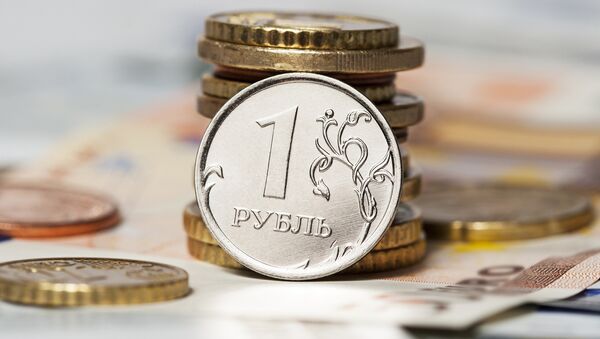Last month the ruble’s 30-day historic volatility dropped 14 percent, according to data compiled by Bloomberg, and the swings were still the biggest among 24 leading emerging markets after the Indonesian rupiah and Turkish lira. The Russian market and the currency came under pressure amidst escalating tensions between Russia and Ukraine.
However, analysts say the story began earlier than that.
“The weakness you’ve seen this year is really a continuation of ruble weakness that you saw pretty much in the last six months of 2013. … The combination of three factors – higher inflation, lower growth and CBR’s transition towards a free floating regime led to capital outflows in the earlier part of the year. And of course, the geopolitical situation with Ukraine didn’t help,” Peter Kinsella, a Senior Foreign Exchange Strategist in the FX Research department of Commerzbank in London said.
Last week, the Central Bank announced some important changes to its FX policy, which included the broadening of the bi-currency basket corridor and removal of the mechanism of ‘technical’ FX interventions within the basket. This was seen as a major step by the bank towards the free-floating of the ruble, which is planned to take place in full from 1 January 2015. The CBR said ruble was unlikely to be impacted by the move as it is now within the band.
"Taking into account that the current value of the dual currency basket is in the neutral range of the floating operational band, this decision will not have significant impact on current ruble fluctuations," the Central Bank statement on its website showed.
However, some analysts said the changes would result in much higher ruble volatility. The CBR’s withdrawal from active participation in FX trade through interventions leaves the bank with one tool to ensure the stability of the financial and currency system, which is monetary policy. The bank could also consider other ways to support the ruble, like cuts to the volumes of ruble liquidity it is prepared to offer to banks via various mechanisms. The CBR is scheduled to discuss its rate policy at its yet another meeting next week.

